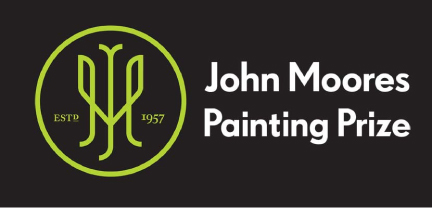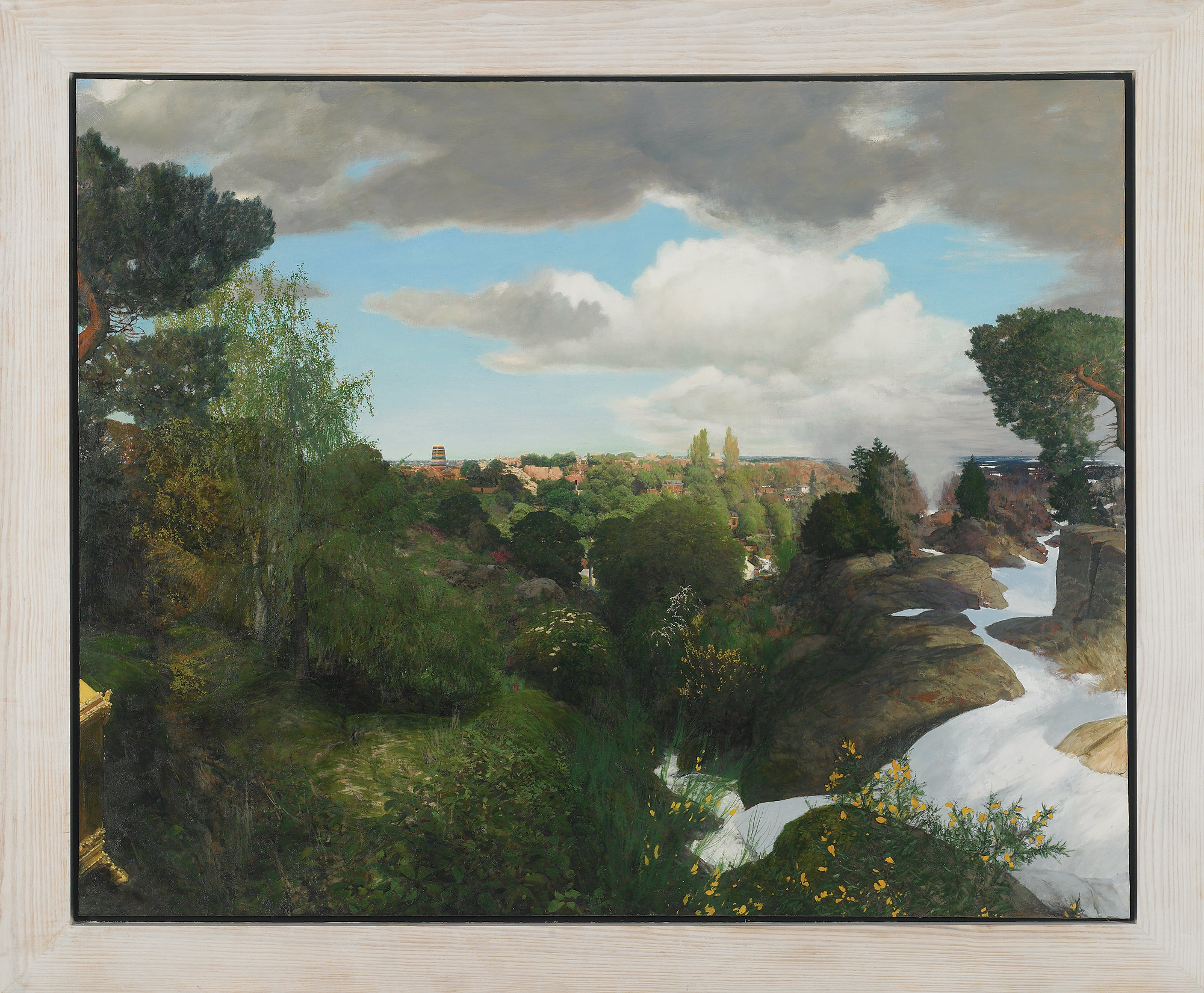JOHN MOORES 24
In 2006, Martin Greenland won the prestigeous John Moores Painting Prize with his piece ‘Before Vermeer’s Clouds’.
Open to all artists based in the UK the John Moores 24 has become Britain’s largest contemporary painting exhibition.
THE AWARD
In 1957 John Moores (1896 – 1993) sponsored a competition for contemporary artists at Liverpool’s Walker Art Gallery, with the intention of showcasing the best of new British painting.
The John Moores, as it is always known, has since been held approximately every two years. It has become one of the most familiar events in the British art world and now forms one of the four main strands of the Liverpool Biennial.
The roll-call of past John Moores prizewinners reads like a ‘who’s who’ of British painting over the past 50 years adding to this in 2006, Martin won first prize with his oil on canvas, ‘Before Vermeer’s Clouds’.
The jury included two of the biggest names in British art, conceptual artist Tracey Emin and Sir Peter Blake. They were joined by former John Moores’ prizewinner Jason Brooks, curator of fine art at the Walker Art Gallery, Ann Bukantas and Director of Visual Arts at the British Council, Andrea Rose. with John Moores and, since 1993, with the John Moores Liverpool Exhibition Trust).

THE PAINTING

The second driving force is a reluctant dedication to landscape painting. It sounds very odd to say this but I clearly remember, at the time I was beginning to study fine art that the one thing I didn’t want to do was to become a landscape painter. Landscape painting has often been described as ‘genre’ painting, a derisory term in itself and landscape painting has continued to be allotted a very lowly place as a genre. I didn’t want to end up doing something unfashionable, heaven forbid. To some extent, a family trait of shunning the fashionable (my father was a champion of the underdog) drew me closer to landscape painting. It was natural for me to use this genre to talk about the world, the landscape which I was beginning to explore and my inner feelings and discoveries made as a result of this exploration.
Landscape painting is necessarily parochial. It fails as an international language and therefore is shunned even more by contemporary artists and thinkers. It is hated because it is the chosen subject of the amateur, of the ‘Sunday painter’. All of this simply makes me more committed to it. I love (there is a dangerous word, also hated in contemporary circles) to explore, analyse, digest the ‘real’ landscape, wherever, whatever it is. I equally ‘love’ to refashion it, to invent, re-create using this language in which I feel fluent. At the same time I am firmly committed to the structure of ‘nature’, of paying attention to its laws, its physics. Only occasionally and very deliberately I will break those laws and in doing so I am able to do something which I have the ability as an artist to do, to make a metaphor, a symbol, become a concrete illusion, a surprise, a piece of surrealism, another artistic trend I also once wished to avoid. I am also committed to ‘nature’ because even after mankind has attempted to shape and distort it, it is impressively resistant, self-generating, entirely independent and completely unaware of us as humans – it is unquestionable. Yet despite all this I am drawn to and intrigued by the mark which we as humans have made upon our land.
All of what I do requires enormous amounts of memory. Some of my paintings are drawn from memories of real places. Many of my starting places are insistent, very particular yet very elusive mental images which suddenly spring to mind. These are always landscapes of some sort. I cannot summon them up; they appear whenever they like but they are seasonal and only come to me at set times of the year. Painting is pretty much a conscious activity and the difficulty I encounter is trying to set these sub-conscious images down in paint in a very self-conscious way, when all too easily the image dies.
All of my paintings combine elements of things I have encountered in the best part of fifty-one years (I can remember things from the age of two), whether strongly or vaguely remembered. What can be safely said is that these landscapes and every single element within them, exists only in these paintings.
I don’t find it really necessary to talk about what interests me; it is actually too complex and would be too lengthy to try here. I suppose a good cross-section of what interests me is visually evident in the paintings. I am interested in everything to different extents; a small proportion of what I am particularly drawn to finds its way into my paintings. If it is there in the paintings, it is there on purpose. I am engaged in each tiny part and the whole. I have my own aims, what each work is attempting to say and each work has different aims. The individual viewer also has their own life’s experiences and will interpret my aims and the evidence they find in each work in their own way.
I rarely come to start any work with the structure or concept fully formed. These works can best be described as improvisations. Sometimes strong images which exist somewhere in my head at the beginning form the resulting work. More often these starting forms radically change; the painting finding its own course. This is when I can describe painting itself and watching the landscape come into being and evolving, as exploring, going into new territory. I often find the reason for the painting or its concept, as I am part or often well on the way through. Very often I begin paintings with just pure paint, pretty abstract. I put paint down in fairly spontaneous ways to give me the unexpected which is always there ‘in nature’ (I always use ‘in nature’ for that which confronts us immediately beyond our eyes). The subsequent painting layers see the painting come into focus, the section 50%-85(+)% being the most difficult, when the painting has lost its vague freshness and has not yet become ‘gilded’ in the almost tactile reality I strive for.
THE MEDIA
ARTICLE
Martin Greenland Wins £25k John Moores Prize (BBC)